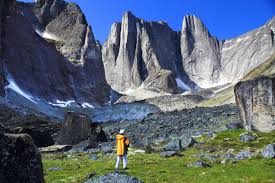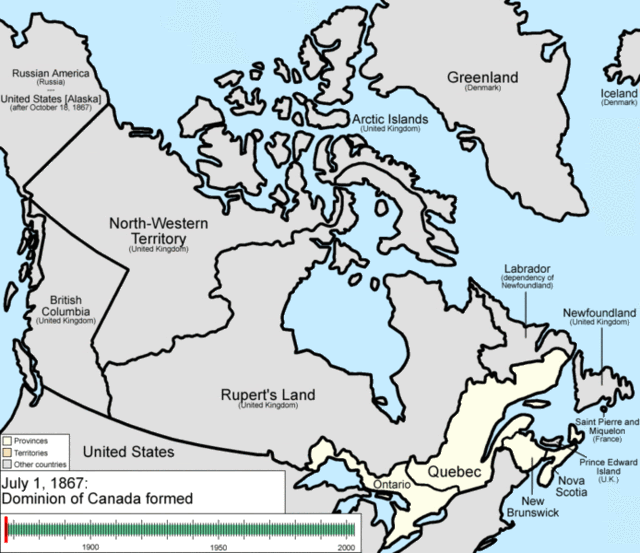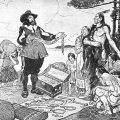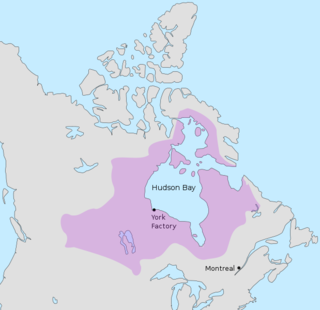
In Canada’s Northwest Territories, the mountain area in the South Nahanni River watershed known as Naats’ihch’oh (“Stands Like a Porcupine”) by the Dene-speaking people has become Canada’s 44th National Park. For aboriginal people this is not only an area of outstanding beauty, but also of special spiritual power. While the park was announced in 2008, it was not fully established until August 22, 2012 when the impact and benefit plan was completed with the local Dene and Métis people.
The new park will be managed in cooperation with the Sahtu Dene and the Métis of the Tulita District. Traditional hunting, fishing, trapping, and spiritual activities are to be allowed in the park. Aboriginal people will contribute to park management and will educate visitors about the region’s natural history and aboriginal peoples.
The South Nahanni River watershed area is home to several endangered species, including woodland caribou and grizzly bears. The area is also known for its moose and Dall sheep. It is also an area which is rich in minerals, so the final boundaries of the park were selected so that most known mineral deposits are outside of the park. While the creation of the new park means that no new mines can be established within the boundaries of the 1,800 square-mile park, existing claims within the park will be respected.
According to Parks Canada:
The South Nahanni River watershed is an incredibly beautiful and ecologically important area in the Northwest Territories. The river starts its journey at its headwaters – the Moose Ponds, in the shadow of Nááts’ihcho’oh (Mount Wilson). The upper part of the watershed accounts for about 1/6th of the Greater Nahanni Ecosystem, and it is important as the source of the river and as habitat for grizzly bear, Dall’s sheep and woodland caribou.
It has long been the home to the Dene and Métis, and it is often the launching area for adventurous visitors to the wilderness. Visitors from the rest of Canada and the world will have the opportunity to see the spectacular landscapes and to hike, canoe, and climb in these new park areas.
The creation of the new park has been met with some criticism. Some people feel that the new park is more about protecting mining interests than in protecting and preserving the environment. Stephen Kakfwi, the former premier of the Northwest Territories says that Prime Minister Stephen Harper:
“has taken the heart right out of it. The middle of it carved out so that mining can happen. That is not a national park. That is a joke.”
Other comments about the park:
“So let me see if I understand this. You create a new arctic national park that leaves 70 per cent of the mineral content of the proposed park outside of the park boundaries and available for mining companies to explore. Sounds to me like you are creating an island refuge and not a viable ecosystem.”
“Exactly my first thought. This park land is protected, while everything surrounding it is scraped away. A weak attempt at trying to balance out the devastation that will occur when the rest of the north is mined. We don’t need this kind of insulting lip service.”
“Not sure what you call it but I call it the best of both worlds”
Dene Spirituality:
Since Naats’ihch’oh plays an important role in Dene spirituality, I thought I would provide some background about the nature of this spirituality.
Among the Dene, individual experience is important in spirituality. Religion is experiential in that a person with a religious experience is considered someone who “knows” rather than as a “believer.”
As with other aboriginal peoples, dreams are an important part of Dene spirituality. However, spiritual power may require more than a single dream. For a person to be considered a prophet or a spiritual leader, others must acknowledge and recognize the power of an individual’s dream. Spiritual leadership is determined by authenticity: the visions and messages must be deemed true.
As with other aboriginal peoples, the vision quest is an important way of gaining spiritual power. During the vision quest, the individual goes alone to a remote place and waits for the vision to come to them. This vision may include songs and rituals. Animals may appear in the vision and provide the seekers with spiritual aid. The animal may appear in its own form or in the guise of a human being.
Dene and Métis:
Dene is often translated as “people” in the Northern Athabascan languages. However, Dene can also be broken into de (“flow” ) and ne (“Mother Earth “). This encompasses the understanding that the Dene people flow from Mother Earth. They are distantly related to the Athabascan-speaking Navajo and Apache in the American Southwest.
The Dene live in the region which they call Denendeh which means “the Creator’s Spirit flows through this Land.” There is an emphasis on living in harmony with the land which is based on respect and knowledge of the land.
The Métis are recognized in Canada as a distinct aboriginal people and are historically the descendents of European fur traders (mostly French and Scots) and indigenous people.




Leave a Reply